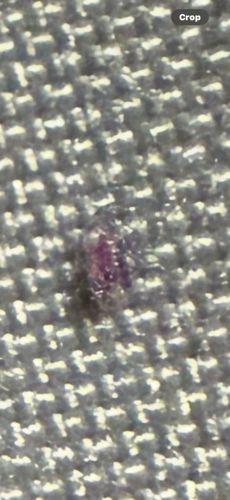Aphid
Scientific Name: Aphidoidea (Superfamily)
Order & Family: Hemiptera (Order), Aphididae (Family)
Size: 1-10 mm, typically 1-3 mm

Natural Habitat
Found on a wide variety of plants, both indoors and outdoors. They often congregate on new growth, tender shoots, and undersides of leaves.
Diet & Feeding
Aphids are herbivorous, feeding on plant sap. They insert their stylets (mouthparts) into the phloem vessels of plants to extract nutrients.
Behavior Patterns
Aphids reproduce rapidly, often through parthenogenesis (asexual reproduction), allowing for quick population growth. They can be found in colonies. Many species produce honeydew, a sugary excretion. Some species are tended by ants, which 'farm' them for honeydew.
Risks & Benefits
Risks: Major agricultural and garden pests, causing damage by sucking sap (leading to stunted growth, yellowing leaves, malformation), and transmitting plant viruses. Honeydew can promote sooty mold growth. Benefits: While generally considered pests, they are a food source for many beneficial insects like ladybugs, lacewings, and hoverfly larvae, which can help control aphid populations naturally.
Identified on: 11/19/2025